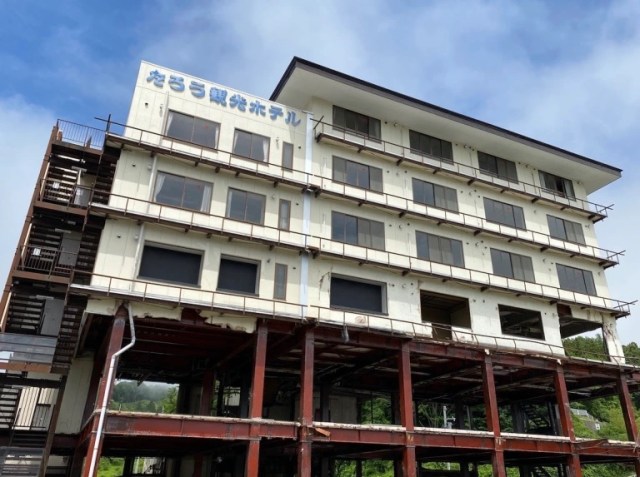
This preserved Tohoku building goes from completely devastated to practically unharmed in just a few floors.
While travelling in Japan’s northeastern Tohoku region, our Japanese-language reporter Saya put the Taro Kanko Hotel on her itinerary. She wasn’t planning to spend the night, though, and even if she’d wanted to, that’s no longer an option.
That’s because the hotel, which is located in the town of Miyako, Iwate Prefecture, hasn’t been in operation since March 11, 2011. You probably remember that as the day of the 3-11 earthquake and tsunami that devastated several coastal communities in Fukushima, Iwate, and Miyagi Prefectures. The hotel was right in the tsunami’s path, and while it looked like this before the tragedy…
…it looks like this now.
These days, the Taro Kanko Hotel doesn’t receive guests looking for a place to stay. Instead, it’s become a shinsai ikou (“disaster remains”) facility, preserved in its post-tsunami state as a monument and educational location to inform people of what took place. For safety reasons, you can’t just roll up and walk on in, but the Miyako Tourism and Cultural Exchange Association offers tours of the site with a guide by prior reservation.
The first thing you notice is that the bottom two floors of the six-story building are just gone. Their walls were completely washed away on all four sides, and stepping inside shows the devastation in even starker ways. The first floor, for example, used to be where you’d find the check-in desk, lobby, and large communal baths, but now there’s nothing at all, as the tsunami gutted the interior with frightening efficiency.
Standing in the barren remains of the first floor, if you look up you’ll see there’s no longer a ceiling. That’s because when the tsunami came rushing in, it lifted the contents of the first floor upwards where they cracked and shattered the ceiling before the waves broke through the back walls and flushed everything out.
The interior staircase is warped beyond use, and the elevator isn’t operational anymore, so to get to the upper levels of the hotel you take a repaired, reinforced exterior staircase.
The second floor used to be where the hotel’s banquet rooms were. Even more so than the first floor, though, it was turned into a completely featureless slab as the interior walls, fixtures, and furnishings were swept away by the sea.
There’s a shock of the opposite variety once you get to the fourth floor, however. Once you get above the height the tsunami’s waters rose to, the hotel looks unsettlingly ordinary.
With no visible damage to the interior, it feels like any of a hundred other affordably priced regional hotels you could book a room in tonight, with nothing to indicate the terrifying destruction that happened just a few feet below.
Thankfully, the time the tsunami hit Iwate, 2:46 p.m., was after the morning check-out time but before afternoon check-in, so the hotel was largely empty of guests and no one on the premises lost their lives. However, the hotel’s owner was in the building when the tsunami came, and realizing he wasn’t going to be able to get far enough inland to escape it, he rushed to the sixth floor, the highest part of the hotel.
While taking shelter in this room, he pointed his camera out the widow and recorded a video as the tsunami rushed towards the building and struck it. While sitting in the very same room, the guide played the video for Saya.
Like everyone living in Japan, Saya has seen many, many videos of the 3-11 tsunami while watching TV news as the situation was unfolding and also in retrospective reports. But while she felt like she’s gotten used to them, this video felt different. Maybe it’s because the owner never sent his video in to any TV networks, and so she’d never seen this particular one before, but more likely it’s because she was sitting in the exact spot where it was recorded, looking out of the same window and seeing a quiet, peaceful town that can be turned into the sight of an unforgettable tragedy in just moments.
The Taro Kanko Hotel isn’t the only shinsai ikou in Tohoku, but their presence is the source of some debate among local residents. Some want them cleared away as soon as possible, saying that they reopen painful wounds whenever they have to go by them in the course of their daily lives. Others, though, feel that they should be preserved as symbols of the need for proper disaster preparedness and to remember those who lost their lives, and for now, the Miyako Tourism and Cultural Exchange Association is ready to guide those who are of the second school of thought.
Related: Miyako Tourism Cultural Exchange Association
Photos ©SoraNews24
● Want to hear about SoraNews24’s latest articles as soon as they’re published? Follow us on Facebook and Twitter.
[ Read in Japanese ]

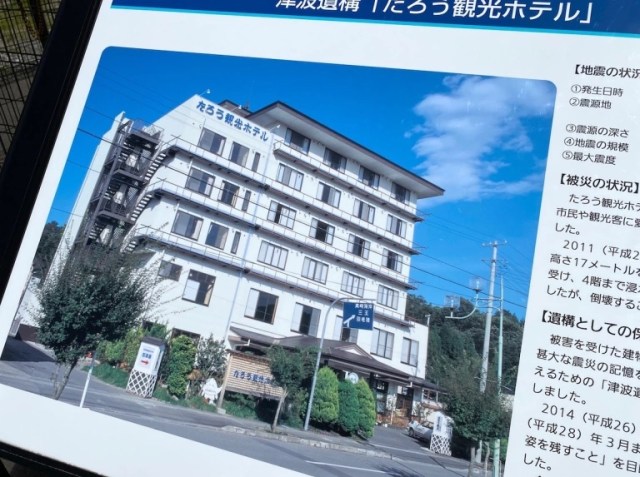
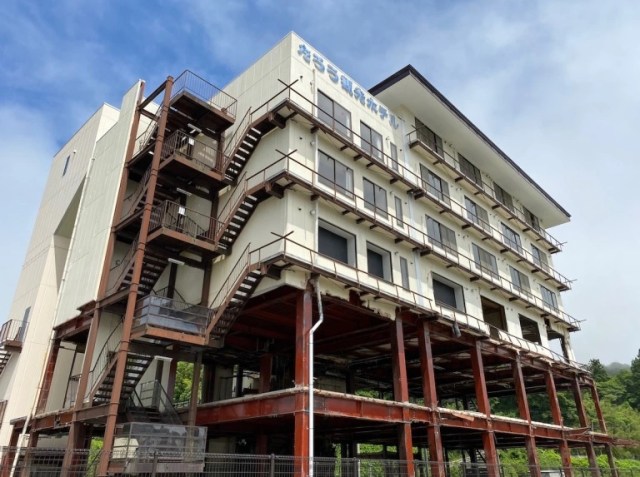
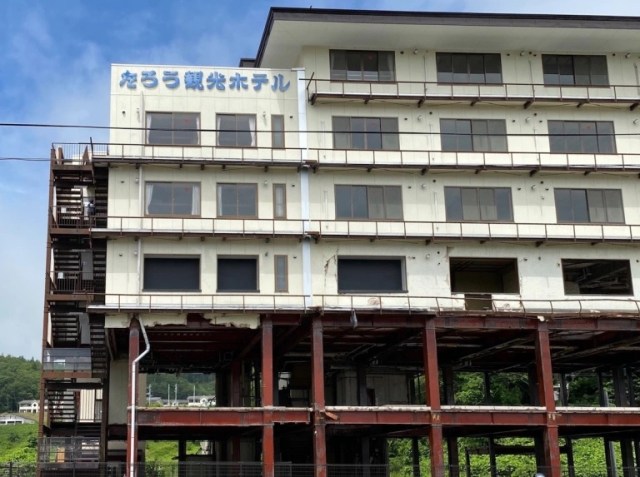
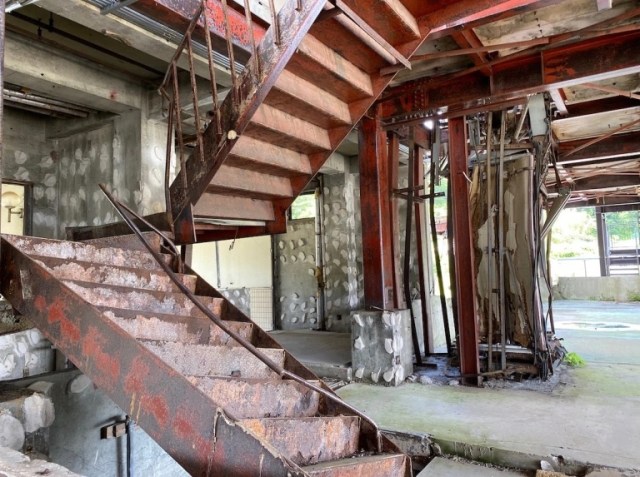
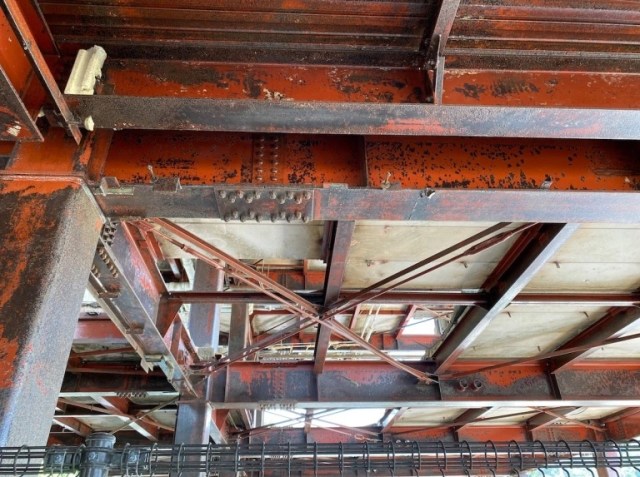
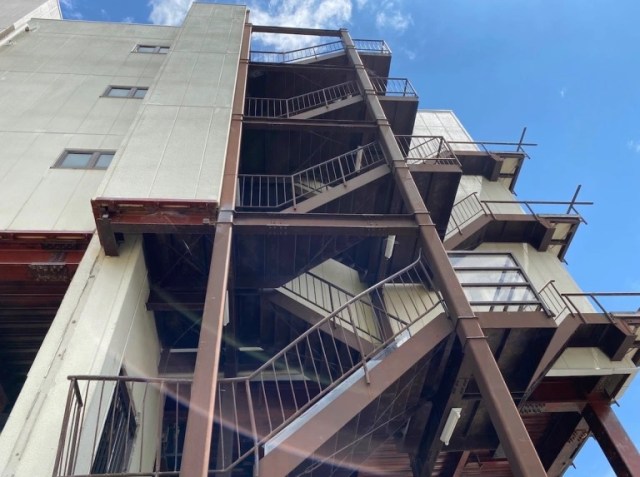
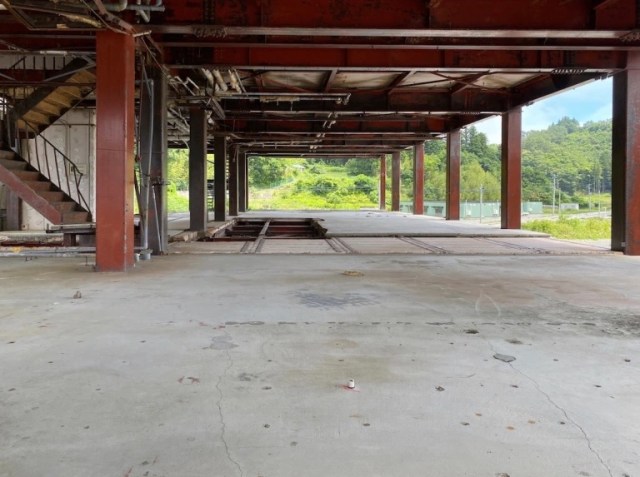
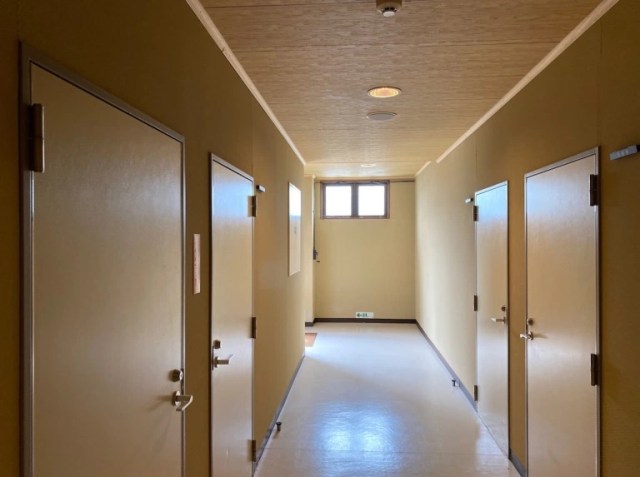
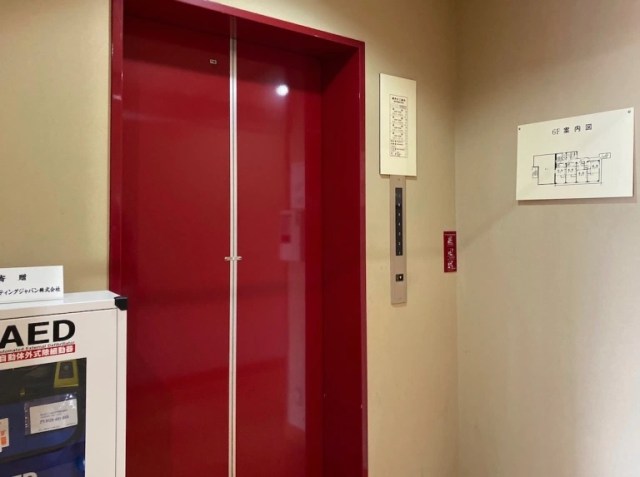
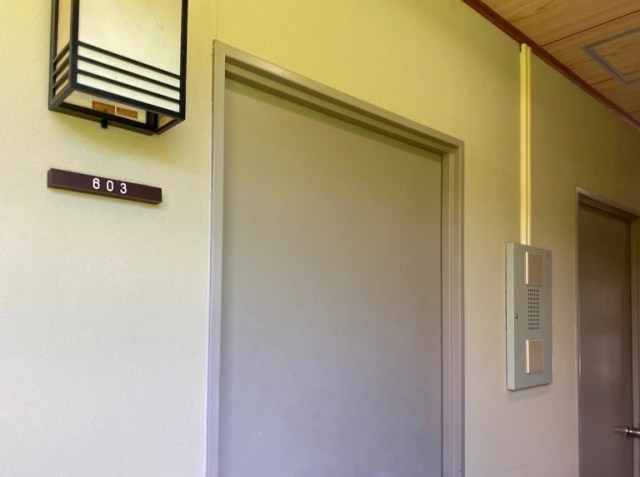
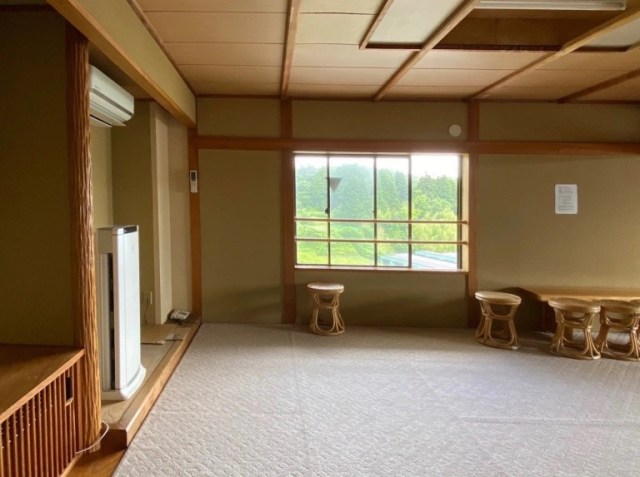
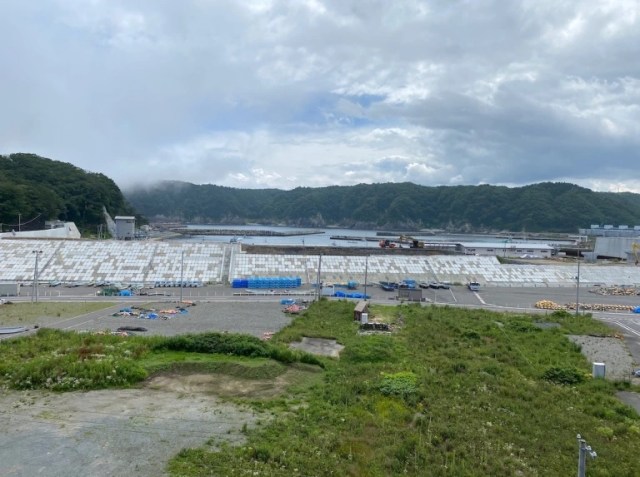
 We visit a tsunami-ravaged region almost a decade after the Great East Japan Earthquake
We visit a tsunami-ravaged region almost a decade after the Great East Japan Earthquake Five years on, Google Maps updates images of areas affected by 2011 earthquake and tsunami
Five years on, Google Maps updates images of areas affected by 2011 earthquake and tsunami Japan’s all-anime-themed hotel previews rooms, is ready to welcome guests
Japan’s all-anime-themed hotel previews rooms, is ready to welcome guests More than a capsule hotel, downtown Tokyo capsule ryokan is awesome, budget-friendly spot to stay
More than a capsule hotel, downtown Tokyo capsule ryokan is awesome, budget-friendly spot to stay Sleep next to the railroad tracks at the closest hotel to a train station platform in Japan
Sleep next to the railroad tracks at the closest hotel to a train station platform in Japan Foreigner’s request for help in Tokyo makes us sad for the state of society
Foreigner’s request for help in Tokyo makes us sad for the state of society Japanese city loses residents’ personal data, which was on paper being transported on a windy day
Japanese city loses residents’ personal data, which was on paper being transported on a windy day Harajuku Station’s beautiful old wooden building is set to return, with a new complex around it
Harajuku Station’s beautiful old wooden building is set to return, with a new complex around it Suntory x Super Mario collaboration creates a clever way to transform into Mario【Videos】
Suntory x Super Mario collaboration creates a clever way to transform into Mario【Videos】 Ghibli Park now selling “Grilled Frogs” from food cart in Valley of Witches
Ghibli Park now selling “Grilled Frogs” from food cart in Valley of Witches Historical figures get manga makeovers from artists of Spy x Family, My Hero Academia and more
Historical figures get manga makeovers from artists of Spy x Family, My Hero Academia and more Heartwarming response to Twitter question confirms that yes, Tikuwa_0913, there is a Santa Claus
Heartwarming response to Twitter question confirms that yes, Tikuwa_0913, there is a Santa Claus Akihabara pop-up shop sells goods made by Japanese prison inmates
Akihabara pop-up shop sells goods made by Japanese prison inmates Red light district sushi restaurant in Tokyo shows us just how wrong we were about it
Red light district sushi restaurant in Tokyo shows us just how wrong we were about it Smash Bros. director Sakurai stabs Kirby in the face, has delicious justification for it
Smash Bros. director Sakurai stabs Kirby in the face, has delicious justification for it McDonald’s new Happy Meals offer up cute and practical Sanrio lifestyle goods
McDonald’s new Happy Meals offer up cute and practical Sanrio lifestyle goods Japanese ramen restaurants under pressure from new yen banknotes
Japanese ramen restaurants under pressure from new yen banknotes French Fries Bread in Tokyo’s Shibuya becomes a hit on social media
French Fries Bread in Tokyo’s Shibuya becomes a hit on social media Studio Ghibli releases new action figures featuring Nausicaä of the Valley of the Wind characters
Studio Ghibli releases new action figures featuring Nausicaä of the Valley of the Wind characters New private rooms on Tokaido Shinkansen change the way we travel from Tokyo to Kyoto
New private rooms on Tokaido Shinkansen change the way we travel from Tokyo to Kyoto Tokyo Tsukiji fish market site to be redeveloped with 50,000-seat stadium, hotel, shopping center
Tokyo Tsukiji fish market site to be redeveloped with 50,000-seat stadium, hotel, shopping center All-you-can-drink Starbucks and amazing views part of Tokyo’s new 170 meter-high sky lounge
All-you-can-drink Starbucks and amazing views part of Tokyo’s new 170 meter-high sky lounge Beautiful Ghibli sealing wax kits let you create accessories and elegant letter decorations【Pics】
Beautiful Ghibli sealing wax kits let you create accessories and elegant letter decorations【Pics】 Studio Ghibli releases Kiki’s Delivery Service chocolate cake pouches in Japan
Studio Ghibli releases Kiki’s Delivery Service chocolate cake pouches in Japan New definition of “Japanese whiskey” goes into effect to prevent fakes from fooling overseas buyers
New definition of “Japanese whiskey” goes into effect to prevent fakes from fooling overseas buyers Our Japanese reporter visits Costco in the U.S., finds super American and very Japanese things
Our Japanese reporter visits Costco in the U.S., finds super American and very Japanese things Studio Ghibli unveils Mother’s Day gift set that captures the love in My Neighbour Totoro
Studio Ghibli unveils Mother’s Day gift set that captures the love in My Neighbour Totoro More foreign tourists than ever before in history visited Japan last month
More foreign tourists than ever before in history visited Japan last month New Pokémon cakes let you eat your way through Pikachu and all the Eevee evolutions
New Pokémon cakes let you eat your way through Pikachu and all the Eevee evolutions Sales of Japan’s most convenient train ticket/shopping payment cards suspended indefinitely
Sales of Japan’s most convenient train ticket/shopping payment cards suspended indefinitely Sold-out Studio Ghibli desktop humidifiers are back so Totoro can help you through the dry season
Sold-out Studio Ghibli desktop humidifiers are back so Totoro can help you through the dry season Japanese government to make first change to romanization spelling rules since the 1950s
Japanese government to make first change to romanization spelling rules since the 1950s Ghibli founders Toshio Suzuki and Hayao Miyazaki contribute to Japanese whisky Totoro label design
Ghibli founders Toshio Suzuki and Hayao Miyazaki contribute to Japanese whisky Totoro label design Doraemon found buried at sea as scene from 1993 anime becomes real life【Photos】
Doraemon found buried at sea as scene from 1993 anime becomes real life【Photos】 Tokyo’s most famous Starbucks is closed
Tokyo’s most famous Starbucks is closed One Piece characters’ nationalities revealed, but fans have mixed opinions
One Piece characters’ nationalities revealed, but fans have mixed opinions We asked a Uniqlo employee what four things we should buy and their suggestions didn’t disappoint
We asked a Uniqlo employee what four things we should buy and their suggestions didn’t disappoint Princesses, fruits, and blacksmiths: Study reveals the 30 most unusual family names in Japan
Princesses, fruits, and blacksmiths: Study reveals the 30 most unusual family names in Japan Great East Japan Earthquake memorial service broadcast in Shinjuku after years-long absence
Great East Japan Earthquake memorial service broadcast in Shinjuku after years-long absence Japan’s top 10 hotel breakfasts 2016: Kobe hotel tops the list once again!
Japan’s top 10 hotel breakfasts 2016: Kobe hotel tops the list once again! Cute and comfy women’s-only hotel in Kyoto has everything you need for the perfect girls’ trip
Cute and comfy women’s-only hotel in Kyoto has everything you need for the perfect girls’ trip Pokémon Lapras appears on streets, in lakes of Miyagi as part of new tourism ambassador role
Pokémon Lapras appears on streets, in lakes of Miyagi as part of new tourism ambassador role 70 Japanese students volunteer to help clean Canada’s shores of Tohoku Tsunami debris
70 Japanese students volunteer to help clean Canada’s shores of Tohoku Tsunami debris Manga Art Hotel Tokyo welcomes foreign guests with over 5,000 manga, including English editions
Manga Art Hotel Tokyo welcomes foreign guests with over 5,000 manga, including English editions Japanese teams use orange flags as a tsunami alert signal for swimmers and surfers
Japanese teams use orange flags as a tsunami alert signal for swimmers and surfers Pokémon GO helping tsunami-damaged communities in Japan recover with cool promotion going on now
Pokémon GO helping tsunami-damaged communities in Japan recover with cool promotion going on now The Story Hotel: A new concept for couples wanting some romantic private time in Japan
The Story Hotel: A new concept for couples wanting some romantic private time in Japan Stay at a Japanese capsule hotel in Tokyo for less than US$20 a night
Stay at a Japanese capsule hotel in Tokyo for less than US$20 a night Tokyo’s Muji Hotel now taking reservations, ready to provide lifestyle-brand comfort to travelers
Tokyo’s Muji Hotel now taking reservations, ready to provide lifestyle-brand comfort to travelers Japanese travelers are avoiding Kyoto as the city’s number of foreign visitors continues to grow
Japanese travelers are avoiding Kyoto as the city’s number of foreign visitors continues to grow Akihabara’s first capsule hotel for women only set to open later this month
Akihabara’s first capsule hotel for women only set to open later this month Japanese man helps lost Taiwanese tourists, thanks them instead, warms the hearts of netizens
Japanese man helps lost Taiwanese tourists, thanks them instead, warms the hearts of netizens Manga Art Hotel Tokyo: What it’s like to spend a night surrounded by 5,000 Japanese manga
Manga Art Hotel Tokyo: What it’s like to spend a night surrounded by 5,000 Japanese manga Yakuza-themed love hotel rooms! Great for couples, friends, and business meetings, owners say
Yakuza-themed love hotel rooms! Great for couples, friends, and business meetings, owners say
Leave a Reply